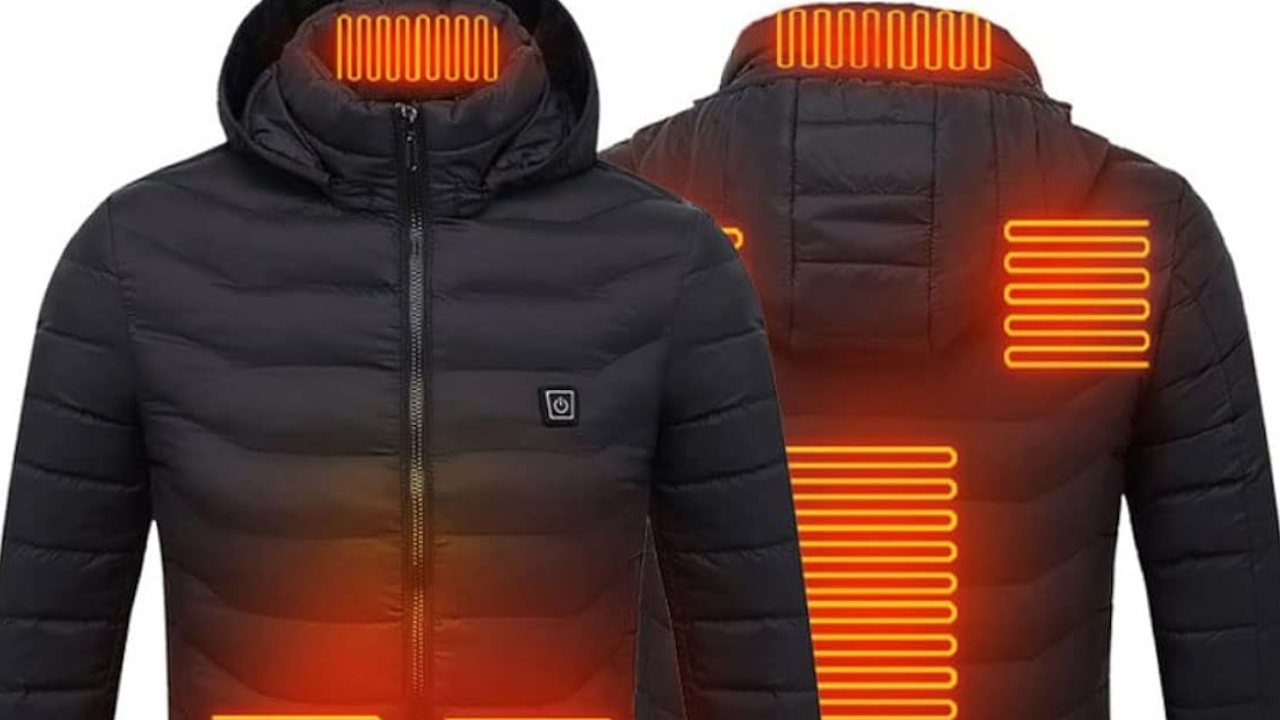In recent years, heated jackets have grown in popularity since they provide a practical and effective way to stay warm in chilly weather. These ground-breaking clothing items give users customized warmth and comfort by fusing the functionality of a standard jacket with cutting-edge heating technology. This essay will examine heated jackets' most recent technological developments and their operation.
Many things contributed to the creation of heated jackets. A need for dependable and effective heating solutions resulted from the rising popularity of outdoor activities during the colder months. Heating elements could also be incorporated more into clothing without sacrificing comfort or mobility, thanks to developments in battery technology and the miniaturization of electronic components.
Heating Mechanism of Heated Jackets
Heated jackets generate heat through electrical resistance. They are composed of thoughtfully placed heating elements that generate heat when an electric current passes through them. The warmth is then evenly distributed throughout the clothing keeping the wearer warm.
Various Types of Heating Elements Used In Jackets
Carbon Fire
Carbon fiber is among the most commonly utilized heating elements in heated jackets. Great electrical conductivity, flexibility lightweightness are all features of this material. Carbon fiber heating elements produce even warmth and are typically woven into the fabric of the jacket. When an electric current passes through carbon fibers, the resistance causes the fibers to heat up, dispersing warmth throughout the clothing.
Micro Coils
Some heated jackets also use micro-coils as a heating element. These coils are made of thin wires coiled into coil shapes. Warmth is produced when an electric current flows through the tiny coils. Because of their adaptability and effectiveness in producing heat, micro-coils are a good choice for precise temperature control.
Sources of Energy and Their Management
Different power sources are used in women's heated jackets:
Battery-Powered Jackets
These jackets include lithium-ion rechargeable batteries inside that supply the energy needed to heat the outside elements. Depending on the jacket model and usage, the battery capacity can range from a few hours to a full day of heating.
USB-Powered Jackets
USB-powered heated jackets offer a different power source by allowing customers to connect their heated jackets to external power banks or USB ports. Users can use any power source of their choice thanks to this versatility, such as a USB port in a car or a portable power bank. USB-powered jackets can be quite useful for folks who require continuous heating or want to conserve battery life.
Control Mechanism for Heated Jackets' Heat Settings
Integrated Controls
Numerous heated jackets have inbuilt controls that enable users to change the heat settings right on the garment. The temperature can be raised or lowered with these controls, which are normally found on the jacket's chest or sleeves. Additionally, they might have features like timers for automated shut-off or pre-set heat levels.
Remote Controls
The remote controls can be stowed neatly inside the jacket or worn separately. Furthermore, developments in smart technology have made it possible for heated jackets to be integrated with smartphone apps, giving customers the ability to regulate heat settings via their portable devices.
Upcoming Trends and Innovations
Potential Advancements
With ongoing research and development aimed at enhancing performance, comfort, and energy economy, heated jacket technology is an area that is constantly changing. Additional flexibility and lightness in heating elements, greater battery life, and improved control options are potential future developments. A rising number of people are also interested in eco-friendly and sustainable heating systems, such as those that incorporate solar panels or use materials that capture energy.
Conclusion
As a result of consumer demand for comfort, convenience, and customization, heated jackets have undergone substantial development throughout the years. To produce warmth through electrical resistance, they use a variety of heating technologies, including carbon fiber and micro-coils. The power sources are portable and flexible, ranging from USB power banks to rechargeable batteries. While safety features safeguard users, integrated and remote controls let users change the heat settings.


